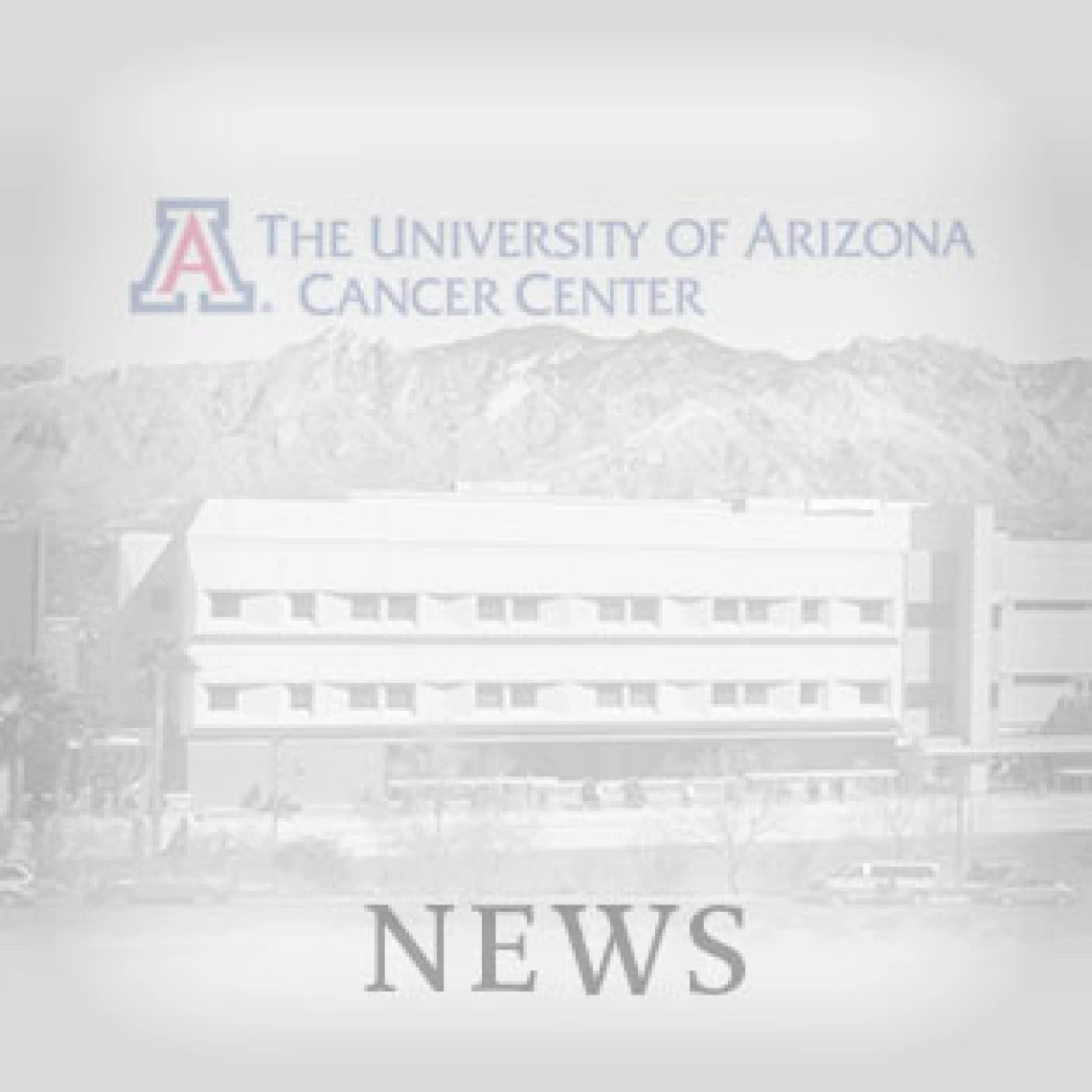The 'Wild West' of cancer research


While successful cancer research requires an analytical, detail- oriented mind, the truly transcendent work in the field comes as a result of an adventurous spirit and a flair for the dramatic.
“Syd originally wanted to go to art school and become a cartoonist,” Robert Dorr, PhD, RPH, said.
That artistic sensibility influenced much of Dr. Salmon’s research, as well as the environment he helped cultivate as Cancer Center director.
This was a thrilling time to come of age as a young research scientist or oncologist looking to make a real difference in the way cancer was approached and treated. Imagination and innovation took center stage, as the brightest scientific minds of a generation each tried to find unique solutions for a complex, constantly evolving set of questions.
There was no idea too big nor hypothesis too wild. Researchers were encouraged to take risks and test the limits of conventional thought – and to do it together.
“In our heyday, people weren’t over-burdened with all the responsibilities or restrictions that can stand in the way of groundbreaking research,” Raymond Nagle, MD, PhD, said. “People had the freedom to work together and use their respective strengths to help push the envelope.”
Dr. Salmon’s first UA-based clinical team included Steve Jones, MD; Brian Durie, MD; and David Alberts, MD. These four individuals laid the foundation for the pioneering research that would eventually define the UA Cancer Center.
During this era, Dr. Salmon’s close-knit group of researchers truly bought into his dynamic, forward-thinking approach.
 That feeling of camaraderie was further solidified when the team moved from the sixth floor of the University of Arizona Medical Center building to a free-standing redwood trailer in the early 1980s, located where the Radiation Oncology facility currently stands. This newfound sense of independence and autonomy led to some of the boldest, most innovative research not only in Arizona’s history, but in the history of cancer research as a whole.
That feeling of camaraderie was further solidified when the team moved from the sixth floor of the University of Arizona Medical Center building to a free-standing redwood trailer in the early 1980s, located where the Radiation Oncology facility currently stands. This newfound sense of independence and autonomy led to some of the boldest, most innovative research not only in Arizona’s history, but in the history of cancer research as a whole.
This work attracted some top-notch post-doctorate fellows, including Jeffrey Trent, PhD; Thomas Miller, MD; Frank Meyskins, MD; Daniel Von Hoff, MD, FACP; and countless other transformational figures in the field of cancer research. The folks who came through the UA Cancer Center at this time would become pillars in academia and/or industry over the next four decades.
The world took notice of what was happening in Tucson, as well. Dr. Salmon had established himself as a luminary in the cancer research field, allowing him to put together a series of conferences, beginning in 1979, which brought the world’s top oncologists to Tucson for a week to exchange ideas and debate their merits.
“You cannot overemphasize the importance of these conferences,” Thomas Miller, MD, said. “They were exceptionally well attended by the people who would eventually become the fathers of modern oncology. These events really put us on the map.”
![]() LISTEN: Dr. Miller explains the importance of these early Tucson-based conferences.
LISTEN: Dr. Miller explains the importance of these early Tucson-based conferences.
These conferences weren’t simply a series of polite, tepid lectures and slideshow presentations, either. These presentations often morphed into passionate, fierce, occasionally tense debates between presenters and audience members, with the best ideas ultimately prevailing.
“Every March, it was like the Olympics of cancer research,” Baldassarre “Dino” Stea, MD, PhD, FASTRO, said.
Dr. Salmon was at the center of it all. He commanded the respect of the world’s elite cancer researchers, yet provided an environment where they were all comfortable enough to let their imaginations run wild.
The atmosphere was vibrant and electric. Arizona-based research was consistently featured in major medical journals. Everyone on Dr. Salmon’s team felt personally invested in the work that was taking place here, thanks in large part to the collaborative, team-first mentality that came to define the Cancer Center.
Physicians learned what made for top-notch research projects. Basic scientists learned what projects would have the most impactful presence in the clinics. Everyone learned from each other — the essence of translational research.
“Syd wanted his physicians to be physician scientists. He was ahead of his time in this respect,” Dr. Dorr said. “He had this tremendous gift for coalescing a variety of ideas and presenting them as a clear, direct, unified message.”
The field of cancer research was still in its “Wild West” phase, with dozens of bright minds and bold thinkers scattered across the globe, each taking a different path toward the same goal. The team at the University of Arizona Cancer Center had established its identity, its mission and its direction — forward.
- Nick Prevenas, Oct. 28, 2013
This series features only a sampling of the countless groundbreaking research projects and inspiring patient care stories that have taken place at the University of Arizona Cancer Center.
OUR HISTORY: This is a series of essays and interviews discussing the history and impact of the University of Arizona Cancer Center.



